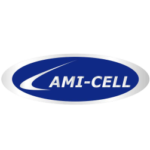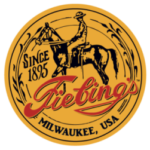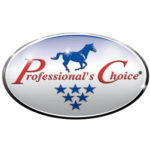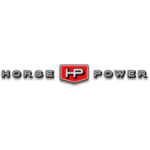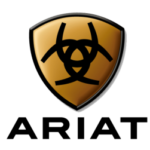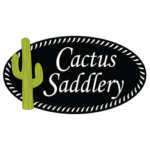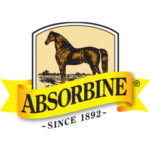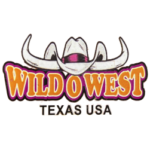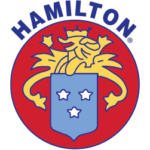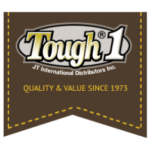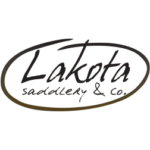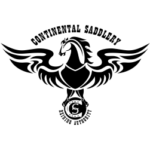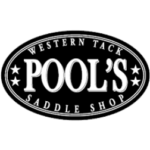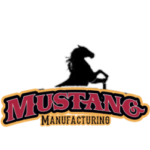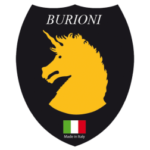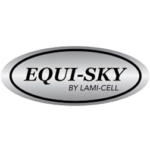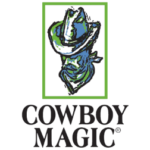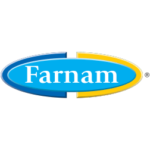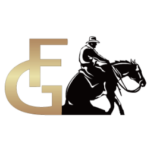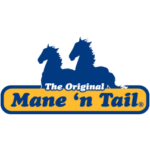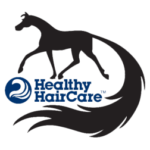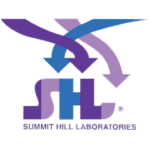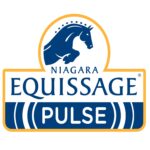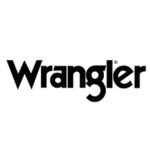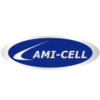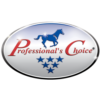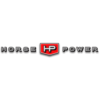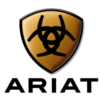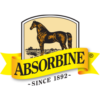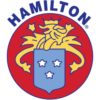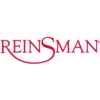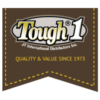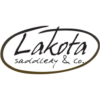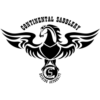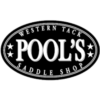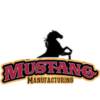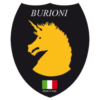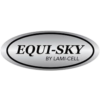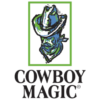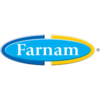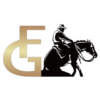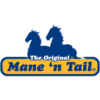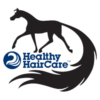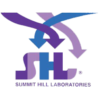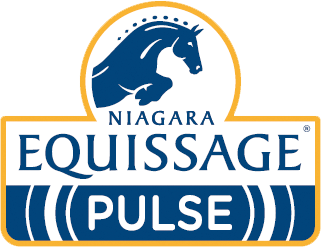
THE ULTIMATE IN EQUINE THERAPY
ZALETY, WYDAJNOŚĆ I KORZYŚCI ZDROWOTNE
HEALTH MAINTENANCE
Zalety regularnego stosowania systemu Niagara Equissage pomogą w utrzymaniu dobrego ogólnego stanu zdrowia, skóry, sierści i kopyt oraz utrzymaniu konia w szczytowej formie fizycznej.
EQUISSAGE PULSE BENEFITS
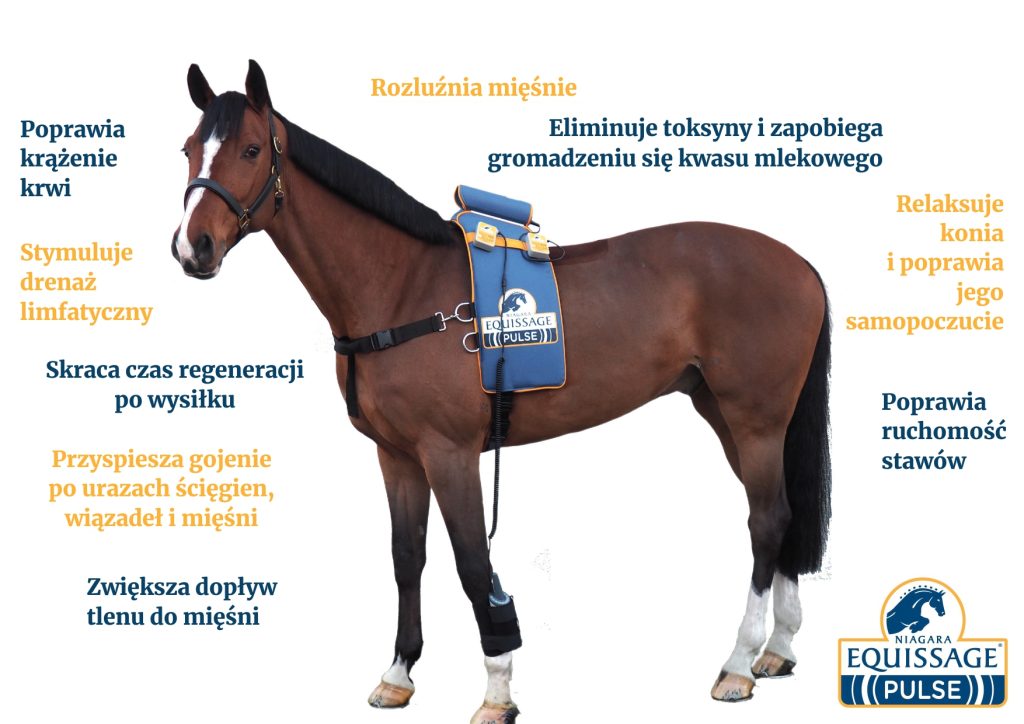
HORSE COLIC
Despite good care, sufficient exercise and proper nutrition, it cannot be completely prevented. Colic remains the great fear of every horse owner. Speed of action and cooperation with a veterinarian is often necessary. In the case of more serious forms of colic, such as intestinal displacement and sanding, your veterinarian may urgently refer you for further tests at the clinic or for possible surgery.
There are a large variety of physical causes of horse colic including;
– Retention of food content/worm infestation
-Intestinal volvulus
-A sudden change in diet
-Stress
Symptoms:
-Anxiety
-Increased heart rate
-Sweating
Factors associated with colic in horses include dietary or environmental changes (e.g. new stall, pasture, sandy soil, weather conditions). Certain physical factors can cause colic in horses, such as worm infestations, dental problems, or inguinal hernias in stallions.
CAN NIAGARA EQUISSAGE HELP WITH HORSE COLIC?
YES!
However, it is important to keep special care, because the use of Niagara Equissage should only be considered in cases of spastic colic and only if the horse's discomfort is mild. In many cases it is not necessary to call in a vet as owners are able to manage the condition themselves, there are of course times when prompt veterinary assistance is of paramount importance, for example when an intestinal torsion or obstruction is suspected. Seemingly benign spastic colic can easily lead to a critical situation.
Niagara Equissage cannot correct the intestinal torsion, the intervention of a specialist is necessary. Using it will only make an already bad situation worse.
It is theorised that when used for constipation, its massaging action will help to remove food by stimulating the intestinal muscles to move the mass causing constipation. However, it is important to remember that the material causing the blockage is in the bowel and the body is still absorbing moisture, so movement may be increasingly difficult.
APPLICATION
In a mild case of colic, gentle massage using a pad at the saddle point, at a low level for a few minutes can be effective in reducing muscle spasms of the intestinal wall, especially in cases where the most likely cause of colic may be a stress-related problem (such as a sudden change in routine, fear or travel) or eating too quickly after intense exercise.
It is not recommended to use the pad for long periods of time, it is much better to use it for only 5 minutes and repeat this action every 20 minutes.
In more severe cases, after successfully stabilising the horse's condition for several hours, the pad can be used at a low level for 20 minutes over the next few days to relieve pressure and relax sensitive muscles and stimulate recovery and regeneration.
When surgery has been necessary, the Niagara Equissage is a wonderful therapeutic tool to restore the horse to health. A horse that has undergone surgery will be very gentle and the gentle massage will help soothe and relax the muscles. Until the stitches are removed, it is recommended to use the hand device only on the upper body and shins. As stall rest will be required for a limited period of time, the benefits of the therapy for the horse are invaluable.
Using Niagara Equissage can help to combat leg stiffness, helping with the support of muscle mass and good circulation. Regular use of Niagara Equissage as part of your daily routine will keep your horse satisfied and relaxed, which in turn will help maintain a healthy appetite and proper body function. Don't be tempted to use too high a setting, No.3 - No.4 is sufficient, especially until your horse has recovered.
Niagara Equissage can remain part of the daily routine when the horse returns to work.
For a horse whose recommendation is full box rest, Niagara Equissage can be safely used three times a day, although a lower setting of no more than 20 minutes each time is recommended to avoid over-stimulation.
Topical application of the hand device can help horses prone to tight tendons and back muscles, as well as neck muscles.
Attention: If you have used your Niagara Equissage machine to treat horse colic prior to calling the vet, you should advise of this.
MUSCLE PROBLEM
EQUINE RHABDOMYOLYSIS SYNDROME (ERS)
Also known as Monday sickness, it is a condition in which the metabolism of the muscles is disturbed. This results in sudden and severe muscle acidification. Muscles are particularly susceptible to this lumbar, perineal and dorsal areas. The disease can lead to kidney failure, as well as heart disorders.
The causes of muscle spasms can be related to the following causes:
• An imbalance between nutrient intake in relation to work performed. Horses that have not had adequate exercise in relation to their nutritional intake are at additional risk of muscle paralysis once they return to work.
• Overloading young/untrained horses. By asking a young or untrained horse to do too much, muscles can become severely acidified, leading to breakdown.
•The resulting injury can overload the muscles, causing severe acidification.
• Dehydration or electrolyte imbalance in the horse.
Symptoms:
-Aversion to movement
-Stiffness or shortened walk
-Pain
-Stress
The muscles mentioned above may be swollen and painful for the horse. In the severe form, the horse will sweat profusely, have an accelerated heart rate and breathing and will not want to move. As a result of the disease, the urine may become dark. As a result, the mucous membranes may also be red.
In the early stages, the symptoms may resemble colic or laminitis, as laminitis also causes reluctance to move. It is therefore important to watch the horse closely and take into account the work done in the previous days. A horse with symptoms of rhabdomyolysis cannot be walked quickly, as is the case with colic. In a horse with Monday disease, any form of movement can cause further muscle damage.
CAN NIAGARA EQUISSAGE HELP?
OF COURSE!
But beware: not before the horse has been examined by a veterinarian! This is very important due to the fact that the massaging action has a stimulating effect on the kidneys and kidney function is impaired, so if Niagara Equissage is applied in this situation, the situation will worsen and there may be more pain and discomfort, especially when the horse wants to urinate.
When the vet has examined the horse in question and administered medication, and kidney function has improved, there is no problem in using Niagara Equissage to further relax the muscles with low-level therapy (position 2-3) to prevent the effect of over-stimulation before the body can cope.
When blood test results are satisfactory, standard use of the system can be applied. Niagara Equissage can help restore kidney function, eliminate residual lactic acid and support muscle fibre repair.
APPLICATION
For rhabdomyolysis, use the pad for 20 minutes once a day. Excessive use can cause kidney function to become active too quickly, putting unnecessary pressure on sensitive organs.
The setting should be low to medium, as a high setting can cause the body to become too active, which can lead to the stimulation of excessive urination. The aim of treatment is to restore kidney function and relax the muscles.
Niagara Equissage has been developed as a system to support and optimise the horse's health, so it is very important not to rush the recovery process in the case of Monday sickness. Although 20 minutes a day doesn't seem like much, the effects of Niagara Equissage on the body persist for several hours after a 20-minute session.
Once the horse has recovered well, 1 or every 2 days of therapy can help to improve health and may prevent the risk of future problems.
Attention:It is very important that nutrition is adapted to the horse's working schedule.
ARTHROSIS
Depending on the severity, the horse may function normally or very stiffly.
Osteoarthritis in the horse can be caused by:
-Trauma
-Transportation
-Metabolic disorders
Inflammation of the joint increases the amount of fluid around the joint, which often causes visible swelling in this area. This causes pain in the horse when the joint is moved.
Osteoarthritis is a common disease in horses.
CAN NIAGARA EQUISSAGE HELP WITH ARTHROSIS?
Definitely!
Depending on the course and severity, each case of osteoarthritis is different, as well as the shape and size of the associated swelling in the horse. Your vet may prescribe NSAIDs (non-steroidal anti-inflammatory drugs) to make the horse more comfortable.
The use of Niagara Equissage in combination with this form of treatment is completely safe and hassle-free.
Daily use of Niagara Equissage can help reduce swelling naturally, as the cycloidal massage stimulates the whole body for better blood circulation and lymphatic drainage.
The use of Niagara Equissage also causes a slight increase in body temperature and the heat promotes the healing process.
If your horse requires NSAID medication, Niagara Equissage can help eliminate toxins.
APPLICATION
If you have osteoarthritis, use the pad in combination with a leg protector and a hand device for the problem areas of the legs. If there is a lot of swelling, treatment twice a day will be more beneficial. For general care, a daily treatment is sufficient.
Use the pad for 20 minutes at the cycloid setting on a medium setting of 3-5, and the hand-held device for 10 minutes on a medium setting.
Note: When using a hand-held device in conjunction with a protector, ensure that the rubber cap is placed on the outside of the joint.
HORSE BACK PROBLEMS
Horses can suffer from a number of back-related problems. Many horses are diagnosed with an ill-fitting saddle which can cause pressure on the spine - dorsal and lumbar areas. Symptoms occur when saddling. Once the back muscles are warmed up, the symptoms disappear again. It is believed that the horse's reaction to saddling is caused by stimulation of sensitive nerve endings.
This type of problem can be caused by an ill-fitting saddle, stiffness and muscle spasms or tissue damage.
CAN NIAGARA EQUISSAGE HELP WITH SPINE PROBLEMS?
Of course!
Although it is very important to make sure in the first instance that there is no problem with the saddle or other causes that cause back problems, such as Kissing Spine.
Even if all these possible causes have previously been ruled out.
RESPIRATORY CONDITIONS
NIAGARA EQUISSAGE CAN HELP WITH MOST SYMPTOMS CAUSED BY RESPIRATORY PROBLEMS.
Respiratory problems often occur unnoticed because they are not always accompanied by a phenomenon such as a cough or runny nose. The most common sign of respiratory problems in adult horses is recurrent airway obstruction (RAO). Other respiratory problems include activity-induced pulmonary haemorrhage (EIPH), additional bacterial infections such as influenza, which are common in horses. Niagara Equissage can help with a variety of respiratory problems, its unique cycloplegic action is very effective as it can treat and reduce the symptoms of respiratory diseases. The causes often result in airway congestion and inflammation. The Niagara Equissage works by relieving coughing and making breathing easier, especially when bleeding. The hand-held device can be used in combination with the Niagara Equissage pad.
APPLICATION
Analysing respiratory problems including bleeding and heavy breathing in horses can be treated with the Niagara Equissage pad, which can be used daily in the saddle position at speed 4 for 20 minutes. However, we recommend using a hand-held device in conjunction with the pad przed intensywnymi ćwiczeniami dla lepszych rezultatów.
NOTE- IT SHOULD BE EMPHASISED THAT NIAGARA EQUISSAGE CYCLO-VIBRATION THERAPY (CVT) IS NOT A CURE FOR THESE CONDITIONS, BUT CAN DO MUCH TO ALLEVIATE THE SYMPTOMS ASSOCIATED WITH THEM AND SUPPORT THE CONDITION. IT HAS BEEN DESIGNED TO COMPLEMENT THE RANGE OF CURRENT THERAPIES AVAILABLE THROUGH YOUR VET, AND ITS USE CAN ALWAYS BE DISCUSSED WITH YOUR VET IF YOU ARE CONCERNED. DO NOT
DISCONTINUE ANY CURRENT THERAPY WITHOUT PRIOR ADVICE.


